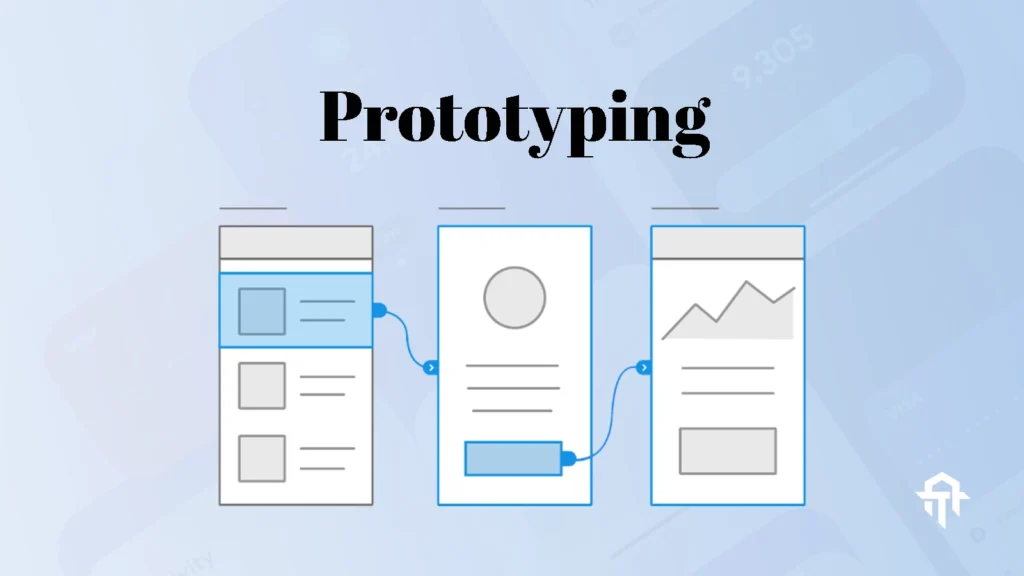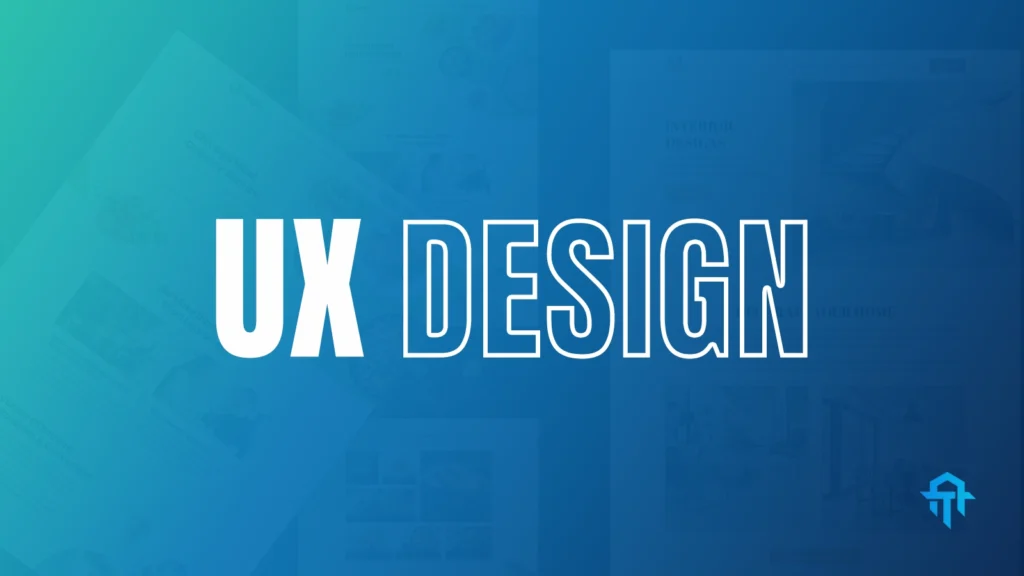
Prototyping: Bridging the Gap Between Vision and Reality in Design
Prototyping has become an indispensable part of the design process, serving as a bridge between a designer’s creative vision and the tangible reality of a user experience. In this article, we’ll explore the significance of prototyping in the world of design, its various types, and the transformative impact it has on creating exceptional user interfaces.
The Purpose of Prototyping
At its core, prototyping is a methodical approach to visualize and test design concepts before they are fully implemented. It serves as a valuable tool for designers to iteratively refine their ideas, gather user feedback, and validate design decisions. Prototypes act as interactive, tangible representations of a product or interface, allowing designers to identify potential issues, make improvements, and ultimately create a more user-centric and efficient final product.
Types of Prototypes
- Low-Fidelity Prototypes: These are basic, simplified representations of a design, often created using pen and paper or digital wireframing tools. Low-fidelity prototypes are useful in the early stages of ideation to quickly test and iterate on different concepts.
- High-Fidelity Prototypes: As designs progress, high-fidelity prototypes come into play. These are more detailed and closely resemble the final product in terms of visual design, interactions, and functionality. High-fidelity prototypes are valuable for user testing and obtaining more realistic feedback.
- Interactive Prototypes: These prototypes simulate user interactions and functionality, providing a dynamic representation of the user experience. Tools like Figma, Adobe XD, and InVision enable designers to create interactive prototypes that closely mimic the actual user interface.
- Paper Prototypes: In the age of digital design, paper prototypes may seem antiquated, but they remain a quick and effective way to sketch out ideas and test basic interactions before moving to digital tools.
Benefits of Prototyping
- User Feedback: Prototyping allows designers to gather valuable feedback from users early in the design process. By observing how users interact with a prototype, designers can identify pain points, preferences, and areas for improvement.
- Iterative Design: Prototyping facilitates an iterative design process. Designers can quickly make changes based on user feedback and test new iterations, ensuring that the final product is refined and well-optimized.
- Communication and Collaboration: Prototypes serve as a visual communication tool, helping designers convey their ideas to stakeholders, developers, and other team members. They provide a common reference point for discussions and collaboration.
- Reduced Development Costs: By identifying and addressing design issues in the prototyping stage, designers can prevent costly revisions and adjustments during the development phase. This results in a more efficient and cost-effective overall process.
In the ever-evolving landscape of design, prototyping stands out as a catalyst for innovation. It empowers designers to transform abstract ideas into tangible, testable experiences, fostering a user-centric approach to product development. As the importance of user feedback, collaboration, and iterative design continues to grow, prototyping remains a vital tool that enables designers to push the boundaries of creativity and deliver outstanding user experiences. Whether through low-fidelity sketches or high-fidelity interactive simulations, prototyping remains a cornerstone of the design process, propelling ideas from conception to reality.

